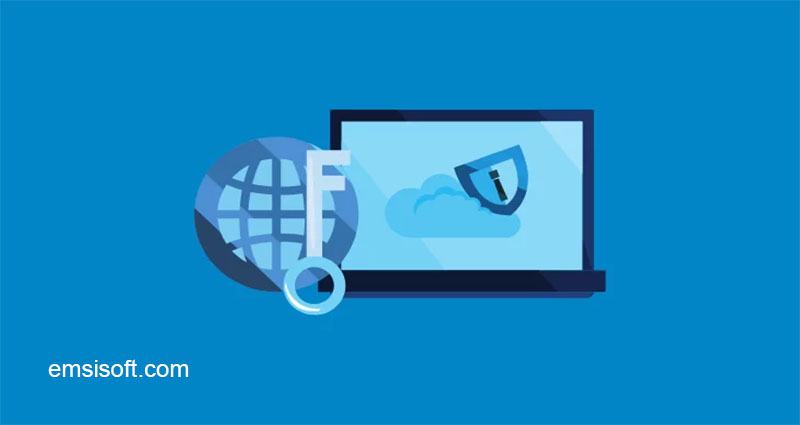Cyber theft crimes include a variety of internet assaults designed to take advantage of others. This article will teach you more about these illegal operations utilizing computers and the internet. While it’s impossible to protect yourself from scams and digital data thieves, you can take steps to protect yourself and your data.
Social engineering attacks
Fraudsters are increasingly using social engineering to try and trick companies into divulging confidential information. These attacks occur through phishing, phone calls, and emails and can also be carried out by physical access to a company’s premises. While there are ways to minimize the chances of an attack, it is essential to remember that this type of fraud relies on the trust that gullible employees have in external contractors. This is where good security practices and backups can come in handy.
A successful social engineering attack can cause a company to lose millions of dollars quickly. For example, a 2011 data breach at the security company RSA involved phishing emails sent to small groups of RSA employees. The emails included an Excel file with malicious malware. They also inserted a backdoor using an Adobe Flash vulnerability. As a result, RSA paid a whopping $66 million to recover from the assault.
Phishing
When you receive an email saying that your bank account has been compromised, it may signify a phishing scam. Phishing attacks often pose as reputable institutions, causing users to panic and click on malicious links or attachments. These messages often contain account closure threats or phishing emails with spelling errors that make the recipient think the email is real.
One of the most common phishing scams involves asking an employee to complete a fake survey or fill out a form to gain access to an account. Once a victim clicks on the link, the scammer will redirect the victim to a spoof login page, which mimics Microsoft Outlook or Office 365. This fake website will try to obtain the victim’s password in return for their sensitive information. This scamming method is called “phishing” because the scammers use lures to lure victims into providing their data.
Vishing
The phrase “phishing” may be a bit misleading, but in the digital age, it’s more of a combination of phishing and voice. Vishing is a scam in which a cybercriminal impersonates a reputable organization or representative to obtain personal information. The goal is to get financial details, such as bank account information, credit card numbers, or other sensitive data.
This method is one of the most common types of phishing. Vishing attackers pretend to be tax collectors and threaten their targets with hefty fines if they don’t pay up. It’s unsettling, so always verify that your bills are from a legitimate institution. These phishing scams are prevalent and are a significant cause of identity theft.
Smishing
Smishing is a common social engineering scam where criminals pretend to be legitimate authorities, such as your bank, health insurance company, or disaster relief services, to trick people into divulging confidential or personal information. The most common scam involves health insurance companies, and it started with the COVID-19 pandemic, which sparked an outbreak of fraudulent text messages. In these messages, the criminals ask for information, such as your credit card number, to verify your identity.
Smishing occurs through SMS text messages, which scammers send to potential victims. These scams use the immediacy of cell phone use to trick people into giving out personal information. While traditional email-phishing frauds are orchestrated through emails, SMS texting scams are carried out with the help of cell phone users. Fraudsters often use fake websites that pretend to be reputable organizations to steal personal information, such as credit card numbers.
SMS phishing
What is SMS phishing, and how can you prevent it? Despite the name, this technique is similar to traditional phishing scams but leverages psychological triggers to lure unsuspecting victims. Because of fear and impending consequences, many social engineering methods make victims respond quickly to phishing communications. Therefore, you should always treat correspondence requesting an immediate response with a healthy dose of skepticism.
One of the biggest dangers of phishing texts is that they contain malicious links that can download malware and steal your personal information. They also may redirect you to a login or billing page, where they can collect your account information and personal details. Ultimately, the purpose of smishing is to steal your money and identity, so it’s essential to be cautious whenever receiving such messages.





